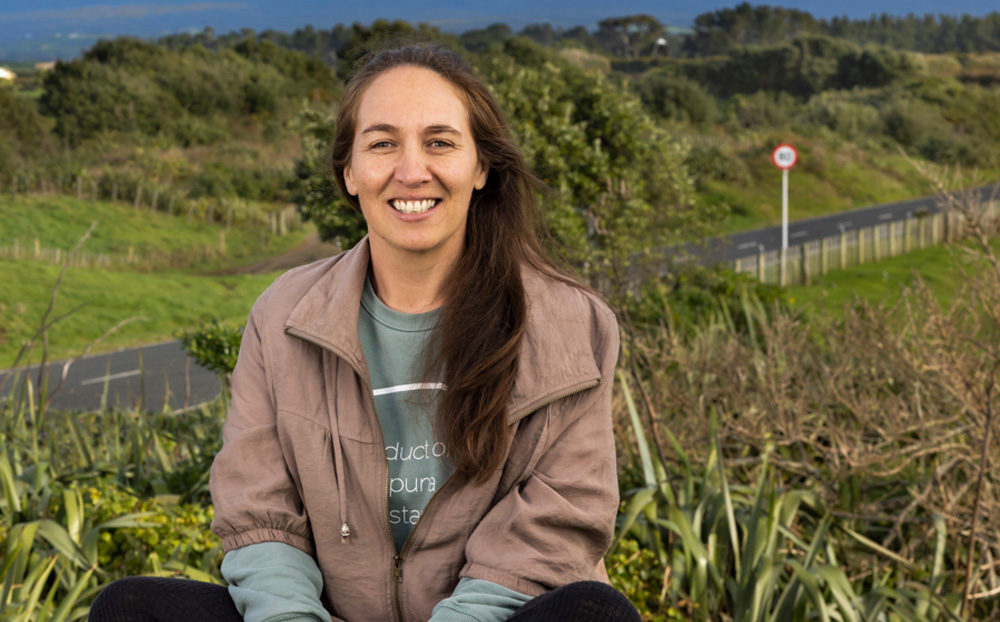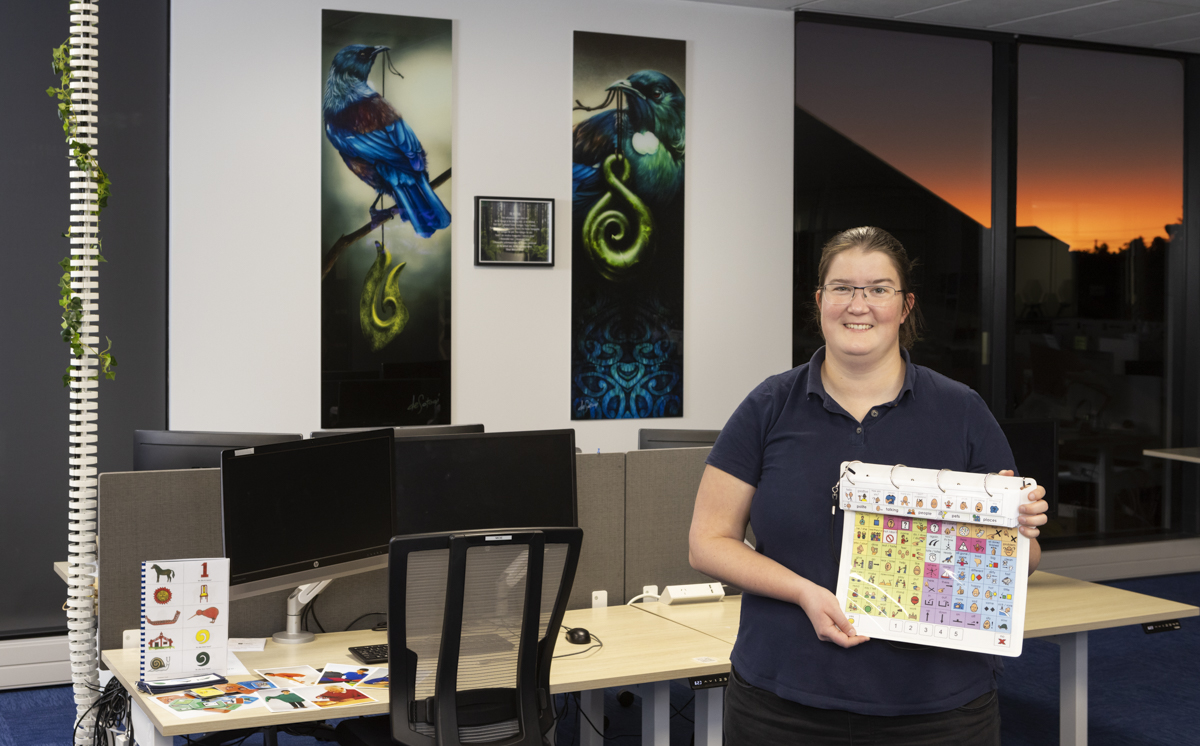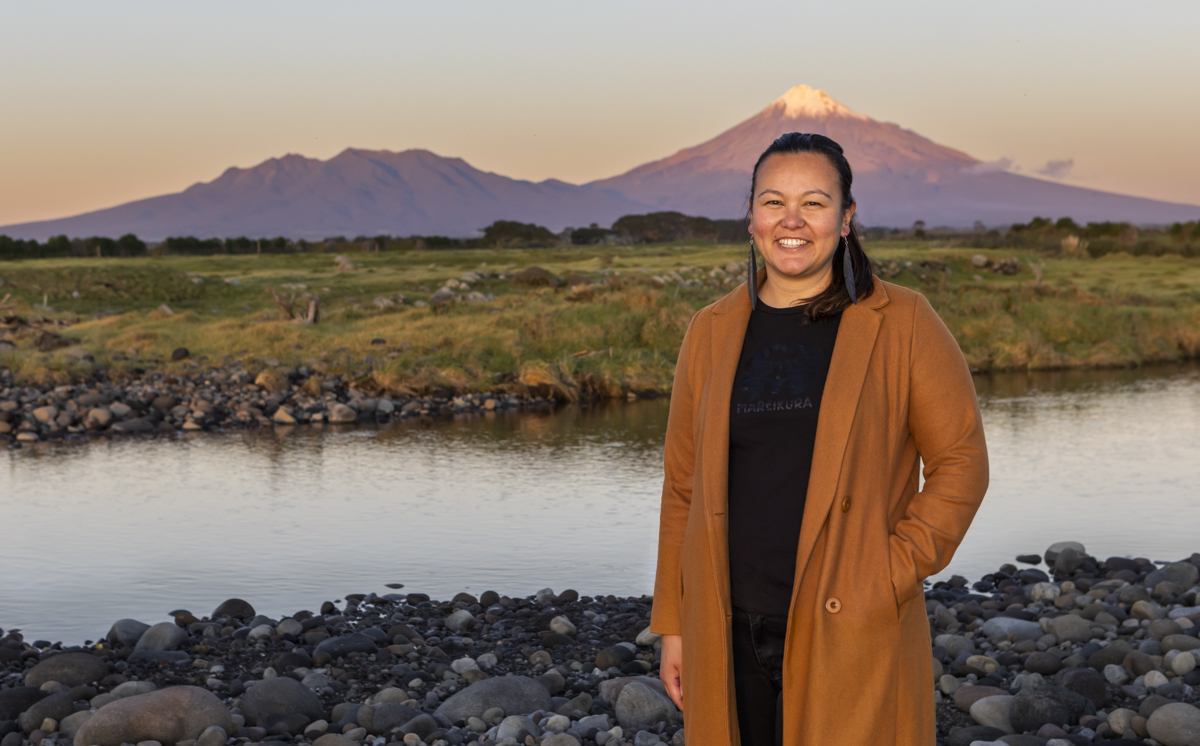Early Childhood Teacher – Kaiako Kōhungahunga

“One of the biggest values I hold, and work really hard to achieve, is Ngā Hononga/ Relationships with our tamariki and whānau. Manaakitanga, respectful interactions, and taking care of others is important to me. Working in the kindergarten I attended as a child means this is my own community that I can give back to.” – CathMaxwell – Kaiako / Early Childhood Teacher
About this career
Early childhood teachers educate and care for young children in kindergartens, kōhanga reo or childcare centres. Kōhanga reo kaiako also help children learn te reo Māori and tikanga Māori (culture and customs).
Early childhood teachers may do some or all of the following:
- educate and care for pepe and tamariki
- implementTe Whāriki, the early childhood curriculum
- plan day to day programmes, learning experiences and routines
- assess and record the learning and development of each child
- korero with parents or caregivers, whānau and other education professionals about student progress
- help prepare kai, clean and tidy up, give medicines and change nappies
- make or adapt learning resources, run workshops for parents, caregivers and whānau and attend hui
- prepare budgets, order supplies, and help manage the centre
Kōhanga reo kaiako
Must ensure the education and care they provide benefits children’s te reo Māori (language) and tikanga Māori (culture and customs) development (Careers NZ)
Entry requirements for kōhanga reo kaiako – to become a kōhanga reo kaiako you need to:
- be fluent in te reo Māori
- while working at a kōhanga reo you need to study towards the three-year Whakapakari Tino Rangatiratanga diploma (Level 7)
- You also need to be registered with Te Kōhanga Reo National Trust.
Personal Qualities you need
Early Childhood Teachers need to be:
- empathetic, enthusiastic, energetic
- understanding and patient with young people and whānau
- well-organised, practical and with good time management
- able to communicate clearly with people of all ages and backgrounds
- practical, organised and good problem solvers
- creative and adaptable and able to work well in a team
Career Pathway
Find out more about Early Childhood careers here: https://www.careers.govt.nz/jobs-database/education-and-social-sciences/education/early-childhood-teacher-kaiako/
Scholarships may be available. See the Teach NZ website: https://www.teachnz.govt.nz/studying-to-be-a-teacher/scholarships/
The Vulnerable Children Act 2014 means that if you have certain serious convictions, you can’t be employed in a role where you are responsible for, or work alone with, children.
Our Whānau Career Story
Cath Maxwell – Kaiako / Early Childhood Teacher
Where do I work and what do I do?
Kaiako / Teacher in Early Childhood Education, Kindergarten Taranaki As a Teacher, I facilitate a learning environment for tamariki under 5 years of age.
What was my career pathway to get where I am / and what led me to this?
I have always enjoyed being around babies and young children, and I started out with lots of babysitting in my teen years before going on and being involved with whānau and friends who had young children. This then prompted me to get a Nanny Qualification in 1993. After working as a nanny in Wellington and in New Plymouth, I was employed at a childcare centre here in New Plymouth. This is when I knew I wanted to do more study for the care and education of infants and young children. Throughout this journey, I have been fascinated and intrigued about the growth and learning by even our youngest pepi, and how I was able to create a learning space for them to support and help them achieve this in their own time and when they were ready.
After completing my Diploma, I continued working at a childcare centre where I was co-ordinating care, nurturing and education of infants (under 1’s). I loved my time with the infants, and how relationships with the tamariki and the whānau are imperative to all. I then moved on to Kindergarten 2010, where I have 3 and 4 year olds, that were attending sessional times, and just starting to transition into all day (6 hrs). Ironically… I was coming back to where I started, as this was my kindergarten I attended as a child, and some of my teachers were still actually working or relieving too. Shortly after I started kindergarten, I went from part time kaiako to full time, and then onto more study to upgrade to my Bachelor of Teaching (ECE).
One of the biggest values I hold, and work really hard to achieve is Ngā Hononga / Relationships with our tamariki and whānau. Manaakitanga respectful interactions, and taking care of others is important to me.
It doesn’t matter what age you are working with, but when we work together we offer consistency to strive towards the best learning and care environments for the tamaiti. I love knowing that throughout my teaching career so far, that I have been able to make a difference for each and every tamaiti and/or whanau I had have met, interacted and cared for. We as kaiako can make such a difference at a young age for our tamariki and we have an important role to embrace our moko and empower them. This is why I wanted to be a teacher.
My formal qualifications
- 1993: NZ National Nanny Certificate
- 1998: Professional Childcare Certificate
- 2004: Diploma of Teaching (Early Childhood Education)
- 2017: Bachelor of Teaching and Learning (Early Childhood Education)
“My why” for doing this job and making a difference for Māori
- Ngā hononga / Relationships with tamariki, their whānau and the community – knowing my families, is really important to me.
- Becoming a trusted kaiako for tamariki and whānau
- Care and Wellbeing for all children
- Facilitating a learning environment for children to learn, grow and explore
- Empowering young children to grow and lead their own learning
- To play and have fun! And we get the best hugs too!
- Support tamariki and their whanau to acknowledge and celebrate who they are where they have come from.
- We are all learners at any age
- Incorporating Te Reo and Tikanga through my practice and the Kindergarten learning environment for all whanau
- Tamariki and whānau can also share their knowledge and what is important to them for me as a learner.



